Quick Links
It is a known fact that we live in the plastic age. Plastic surrounds us wherever we go and whatever we do. The average person consumes a credit card worth of plastic per week or 5 grams.
Jeez, that sounds like a lot. You might be thinking… but not me. I eat healthy food and drink filtered tap water.
If that is you, you most certainly will consume less plastic; however, if you use any of the following, you are not entirely plastic-free.
- Eat Seafood
- Drink Beer
- Use Seasalt
- Make Tea Using Teabags
- Use Takeaway Cups
- Buy Canned Food
- Wear Clothes Made From Synthetic Fibers
- Wrap Your Food In Clingwrap
There are always a few items that you can’t avoid. You might be into yoga and own a lot of yoga pants (synthetic fiber). Or did you know that yoga mats release harmful chemicals into the air? My wife wrote an article about the best sustainable yoga mat and she loves the cork one.
But the real problem is actually not visible to the eye. We share our knowledge with scientist Leonardo Trasande on why plastic, particularly microplastic pollution, is so bad for us.
And yes, for cooking we use salt (sea salt) as well.
Luckily we made a list of Salts with no microplastic in them. And if you would like to know which clothes are made with natural fibers and are better for the environment check out this article:
16 Best Affordable and sustainable clothing brands.
How to avoid eating microplastics.
Here are a couple of easy-to-implement steps that you can take to avoid eating more plastic than necessary.
1. Drink water from a good source
If you don’t have access to a well, get a filter to remove microplastics from your drinking water. You can also test your water with this easy to use home-kit. It will tell you exactly about the quality of water you are drinking. Alternatively, check out our review on the best water test kit for your home, to make sure the tap water you drink is safe.
Solution: Get your water tested with this kit.

2. Avoid buying water in a plastic bottle.
The water gets bottled after the production and gases off. Also, bottled water has often been stored for months until it reaches your mouth. As a result, chemicals were collected from the bottle through temperature changes and storage. On average, it has double the amount of microplastic than tap water.
Learn more about microplastic here.
Solution: Buy bottles in glass or use tap water.

3. Avoid Cans
Cans are lined with plastic to “protect” your food. Nowadays, some manufacturers advertise that it is BPA-free. All that means is they had to use a different chemical to make the plastic liner elastic. Most often, BPS has similar health problems to BPA.
Solution: Get produce in Glass or metal containers.
Check out Ecolunchbox for some great deals.
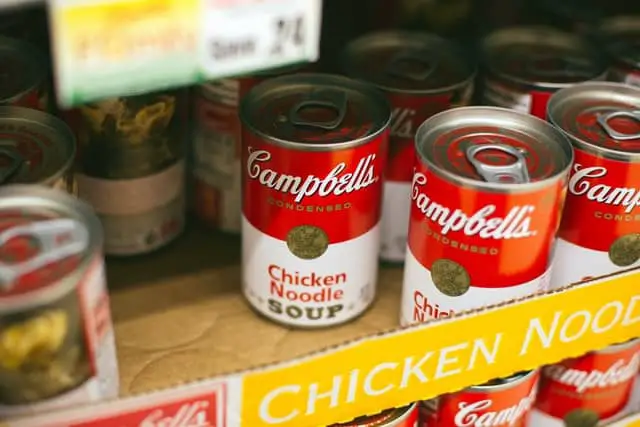
4. Tea Bags
Believe it or not, plastic has found its way into your teabag.
How? Many modern tea bags are glued together with a dot of polypropylene, which is considered plastic. If you pour hot water over your favorite tea, you end up ingesting thousands of microplastic with each brew. Learn why reusable teabags are a smart choice in 2022.
Solution: Buy loose tea and use a metal teabag.
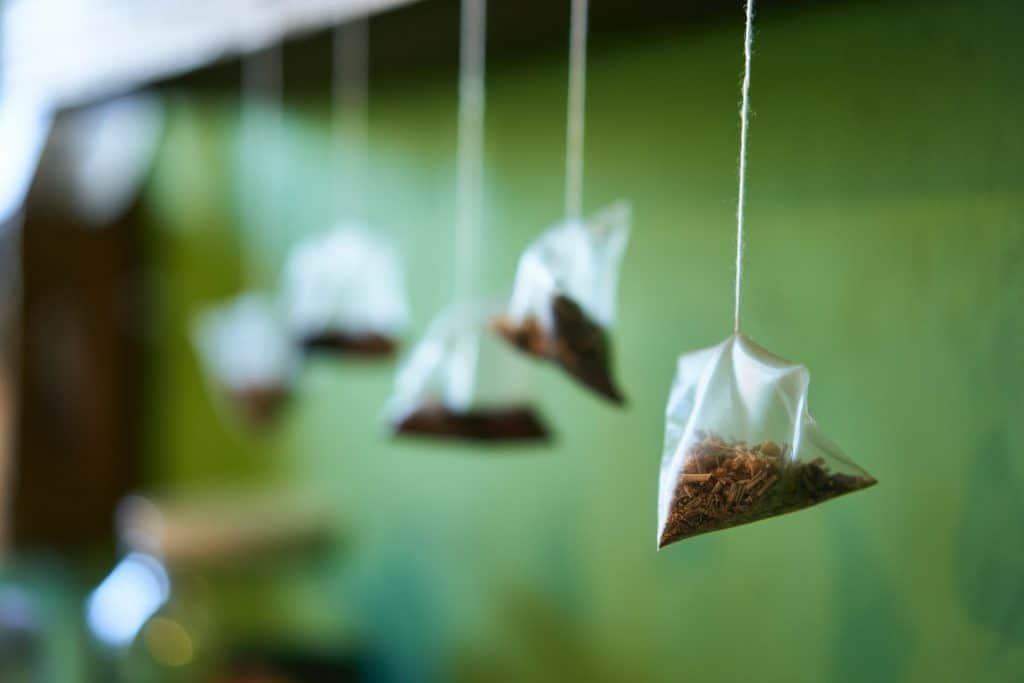
5. Salt
It makes sense that sea salt has been contaminated with plastic particles if our oceans are becoming a plastic soup. After all, the process of making sea salt is using seawater and letting it evaporate. Go into more detail in this article about the dangers of microplastic in our sea salt.
Solution: Opt for rock salt from ancient caves or mountains that has less to no microplastic.
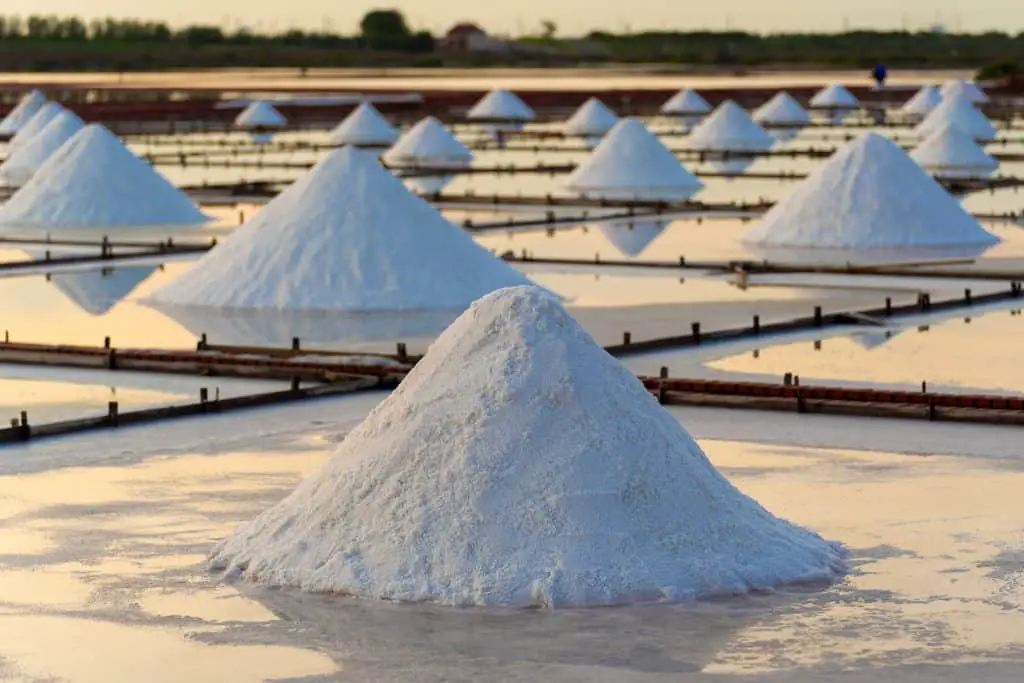
6. Premade Meals
Avoid buying processed food, especially when packaged in plastic. Often the meals are made and packaged minutes after, which leeches chemicals from the container into your food. Food packaging made from styrofoam or other types of plastic is an absolute no-go for your health. Learn more about the dangers of plastic food containers and 11 ways to avoid them here.
Solution: Buy fresh food and start cooking your own food, your body will thank you.
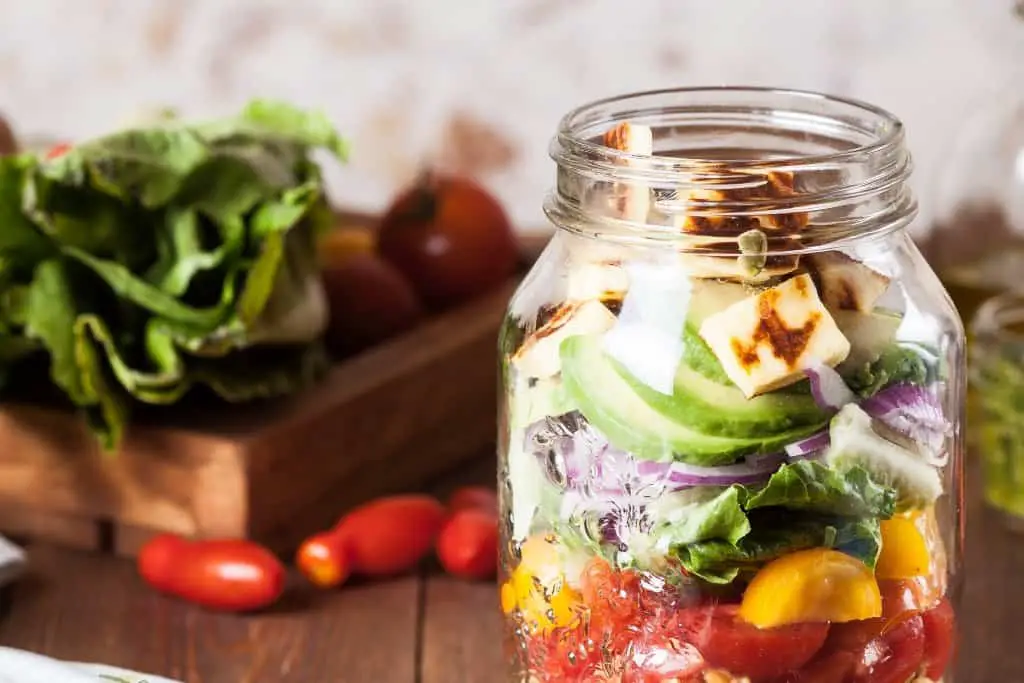
7. Take-away cups:
Lined with plastic, just like cans, they leach chemicals into your hot drink. Even worse, styrofoam cups shouldn’t contact any food since they are very brittle and easy to leach harmful chemicals.
Solution: Get a KeepCup and have it in your zero waste kit.
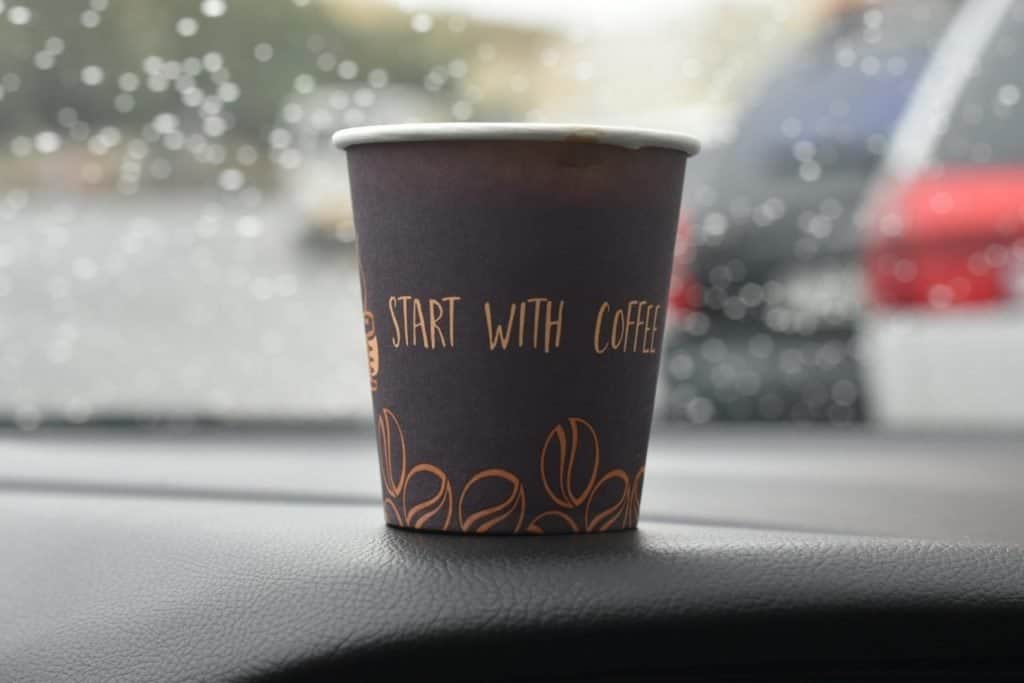
8. Avoid ShellFish
If you are a fish lover, try and avoid shellfish as they tend to eat from the bottom of the sea and contain more plastic than regular fish. Sadly, if we don’t slow down plastic production, we will be living in a fishless world. Replaced by microplastic pollution.
Solution: Eat less seafood.
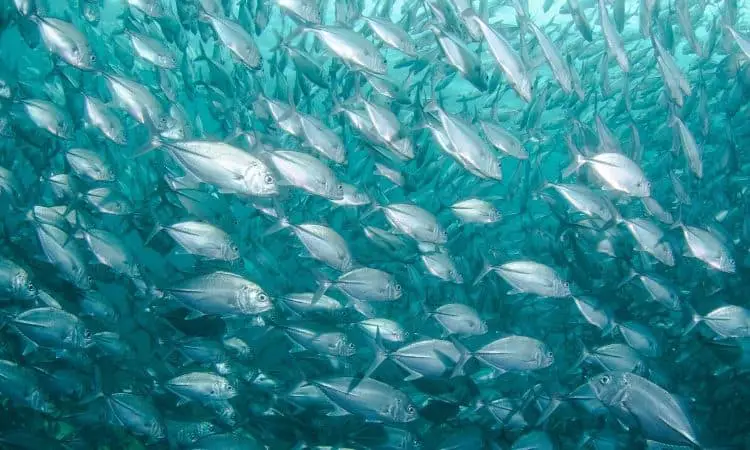
9. Clothes
Yes, your clothes contain plastic fibers, most commonly known as nylon or polyester. They shed microfibers, which end up in the air and finally on our dinner plate. Also, during the washing cycle, your clothes shed 100000’s fibers.
Solution: Buy clothes made of natural fibers.

Would you like to receive updates on sustainable products and learn more about how you can protect your body from nasty chemicals? Sign up for the newsletter.
10. Plastic Packaging
Avoid any plastic packaging, as it almost always leeches microplastic into your food. Plastic food containers are full of harmful chemicals, but they are also hard to recycle. Also, try and skip the plastic bag as much as you can and bring a reusable bag.
Solution: Using reusable containers like this one from Ecolunchbox is a great alternative.
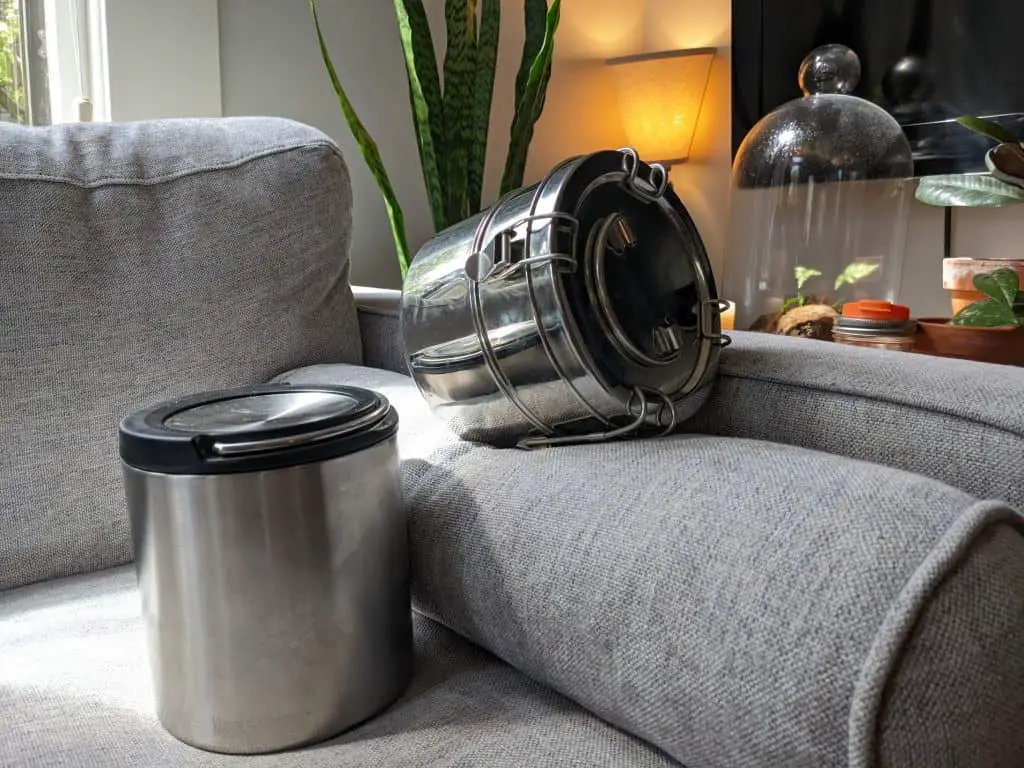
11. Heat Food
Heat food on a ceramic plate if you use a microwave. Never put it on Styrofoam or any plastic container even if they write microwave save on the container. They all leach chemicals and cooking at home is just that much better for you.
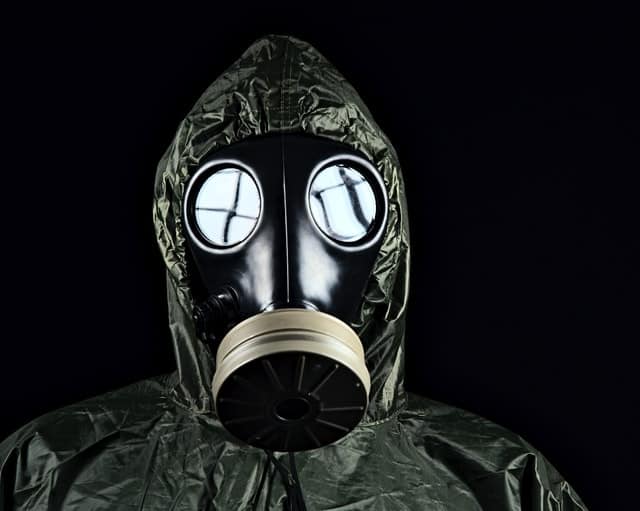
12. Drinking Beer
I’m afraid I don’t have a solution for you. In fact, in Australia, I used to brew my own beer using water from a fresh river. So perhaps if you have access to excellent water or purify it and have the time to make your own beer is your answer.
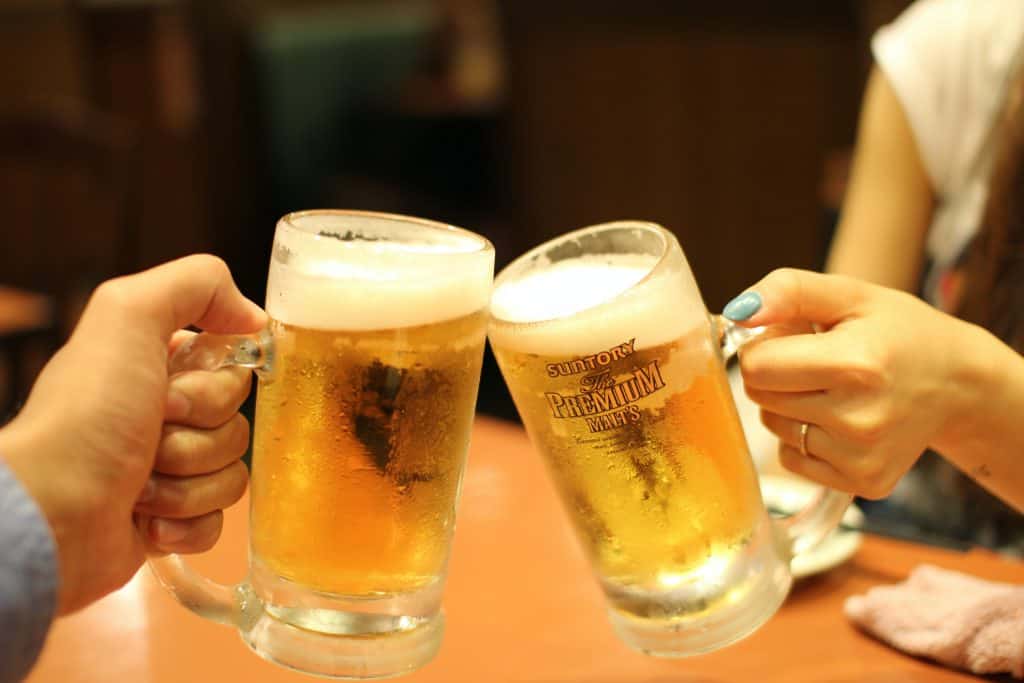

What are the effects of microplastic on the body?
- Larger pieces of plastic can cause problems with digestion and other bodily functions due to their foreign state.
- Tiny plastic particles can enter your body and poison you.
- Plastic is also a great breeding ground for microorganisms which can cause further havoc to your system.
Why is eating microplastic bad for me?
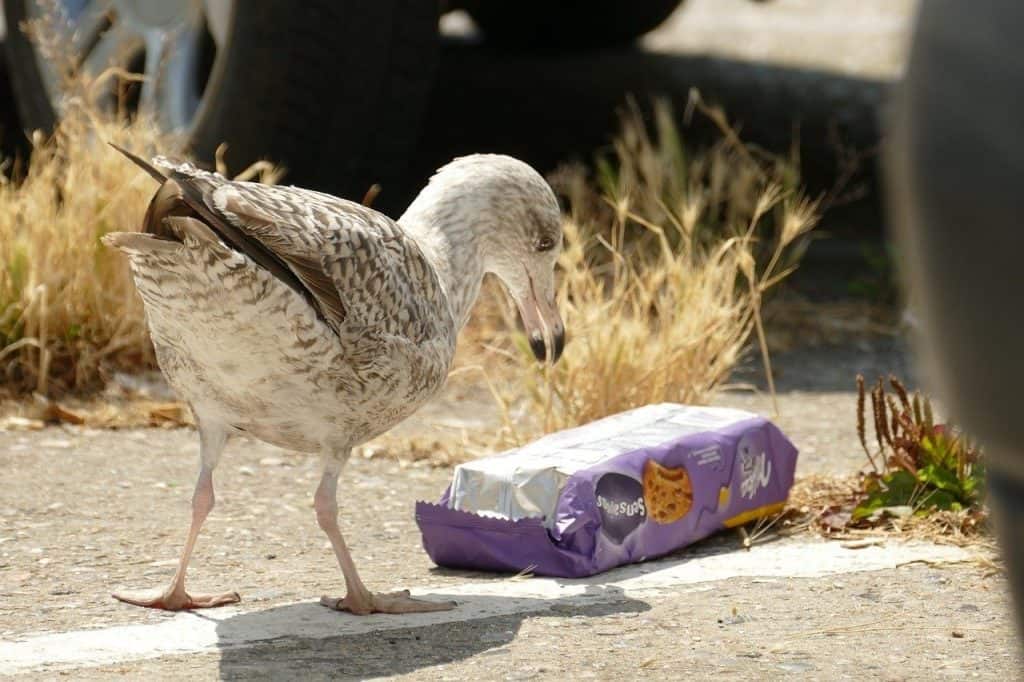
It doesn’t matter how much new information scientists discover about the dangers of microplastic. We have sufficient evidence that the chemicals found in plastics can have serious effects on our health, says Leonardo Trasande, M.D., the author of the book “Sicker, Fatter, Poorer,” a book about endocrine disruptors, and director of the Center for the Investigation of Environmental Hazards at New York University.
“What we know raises serious red flags about chemicals used in plastic containers,” he says. They affect brain and organ development in children and are linked to infertility and cardiovascular problems. Around 10,000 adult men die from cardiovascular disease related to phthalates every year, he says.
There are no limits to using chemicals in plastic, from flimsy grocery bags to Kevlar vests. These chemicals are added to give plastic its property. Most of you have heard about BPA and how it is dangerous to our health. Still, numerous other chemicals are linked to severe health problems, including other bisphenols (in the same family as BPA), phthalates, and styrene.
The shape of chemicals such as BPA and phthalates causes them to interfere with the endocrine system. They mimic healthy hormones, but they are not. Tiny amounts of hormones, measured in parts per billion or even trillion, affect the function of a wide range of systems in our bodies. That’s why even a low dose of these chemicals is of great medical concern.
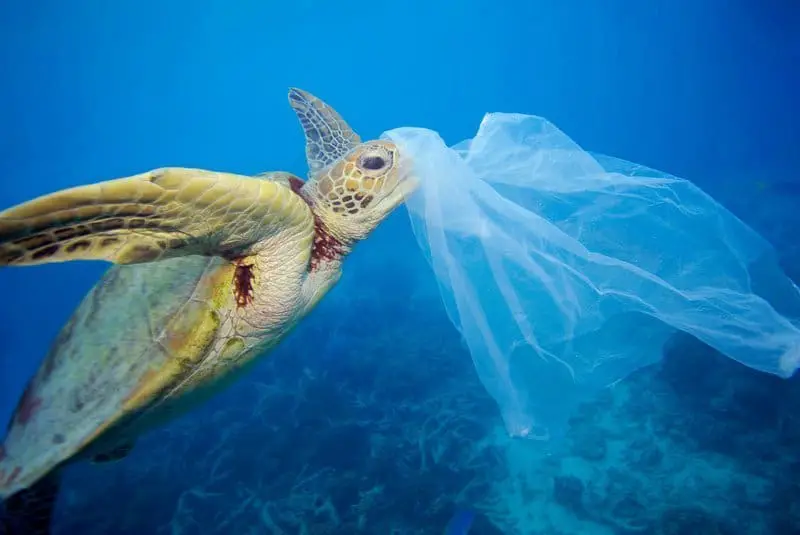
Why are there no regulations in place?
Well, you guessed it, there is a flaw in the system. We often don’t know which chemicals are being used because the FDA doesn’t require companies to release toxicological data on all chemicals that can transfer into food. To top it off, apparently, our federal agencies use a risk-assessment method that hasn’t been updated since the late 1950s. It measures what happens when you fall into the vat as Obelix fell into the magic potion. But it doesn’t consider what happens when you are being exposed to low doses and how they affect the endocrine system.
But plastic isn’t going to go away. As production rises, we need to work on a system that is better updated and controlled. The FDA needs to create a more transparent system about the chemicals being used and be more restrictive about the chemicals being allowed.
Half of the plastic ever made was made in just the last 13 years
says Judith Enck, the former EPA regional administrator.
It will take many efforts from people like you and me to use less plastic in our daily lives to revert the trend to companies offering better recycling programs (that actually work), governments that regulate the production of plastic, and legislation to ban single-use plastics for our health and the plants.
Related: Why Is Plastic Bad For The Environment?
It is possible, but we have no time and need to act now. However, here are some proven tips on how you can avoid eating microplastic and plastic in your daily life:
Conclusion
The sad news is that we all have plastic in our systems, and it is impossible to avoid it completely. However, there is hope, and by taking some or all of the steps we mention in this article about how to avoid eating microplastic, we can at least reduce the number of credit cards we eat per week to maybe one per month.
Did you find a better way of avoiding eating plastic, or is there something we haven’t covered in the article? Let us know, and please make sure to share it with your friends to give them the power of health and well-being.
Resources:
https://www.ncbi.nlm.nih.gov/pmc/articles/PMC3299092/
https://www.health.harvard.edu/staying-healthy/is-plastic-a-threat-to-your-health
